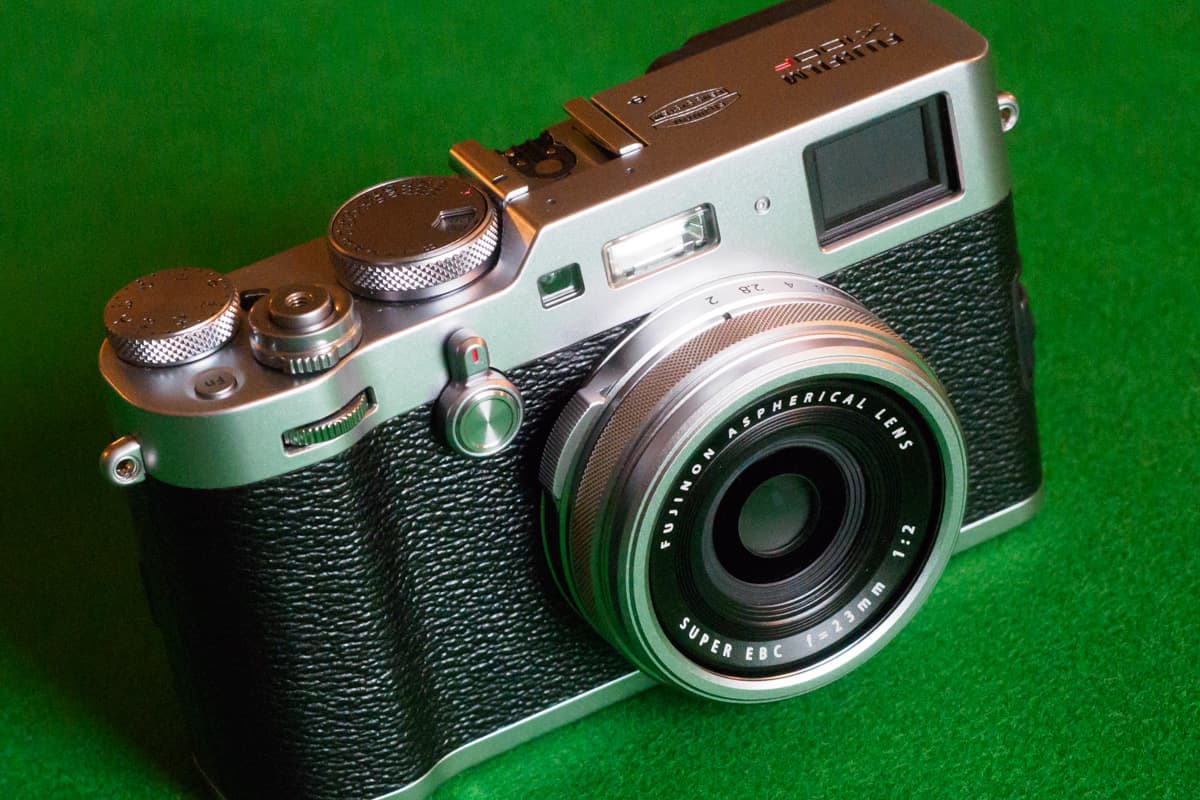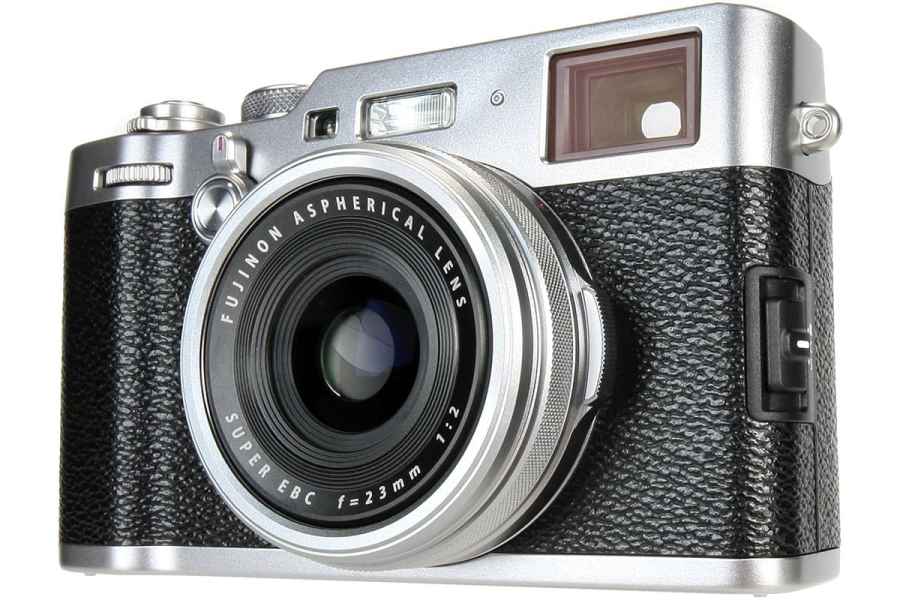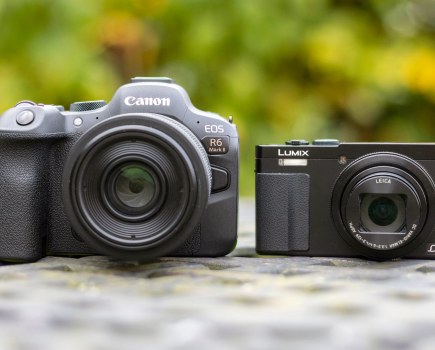Fuji’s X100 camera is now in its sixth iteration, with the X100VI. The hybrid viewfinder remains mostly unchanged, and this article looks at the X100F (F stands for Fourth) which introduced a whole host of exciting and interesting technology features.
One such feature which really makes the camera stand out from others on the market is the X100F’s Advanced Hybrid Viewfinder. You may have heard lots of mention of the “hybrid viewfinder” and wondered exactly what that means.

Photographers could probably spend the better part of a week arguing about the merits of optical viewfinders vs. the merits of electronic viewfinders. Now that electronic viewfinder technology has advanced so much, there are clear benefits to each kind. There are inevitably also drawbacks, but with the X100F (and indeed, any of the X100 series cameras), you don’t have to choose, since hybrid viewfinders give you the best of both.
Fuji first introduced a hybrid viewfinder, which combines the features of an optical viewfinder and electronic viewfinder, with its original X100 camera back in 2010. It went on to become one of the camera’s most popular functions, and has evolved in each of the models since then.
A switch on the front of the X100 cameras enables you to move between the optical and electronic finders, depending on your preference – which may change from shot to shot.
For the optical viewfinder, you can apply an electronic display which shows a focus area over the OVF screen. This means you can take advantage of Focus Peaking and Digital Split Image functions. You’ll also notice that there’s a frame displayed inside the optical viewfinder, which shows you exactly what will be in your final frame. Automatic parallax correction is applied, so you can be sure that what you see is what you get. As the viewfinder displays areas around the frame, many street photographers love to use the optical viewfinder as it allows you to see something that might be about to appear in the frame.
Fujifilm X100F: Electronic rangefinder
A new feature introduced for the X100T, the X100F’s predecessor, the Electronic Rangefinder (ERF) function, shows a small EVF in the corner of the optical finder. With it, you can check settings such as exposure, white balance and other details that can’t be otherwise viewed when using the optical finder. The X100F has updated this feature so you can now show the whole scene in the electronic preview, or magnify it to check fine details, if you prefer.

Using the whole finder as an electronic device gives you a clearer view of exactly how settings will be applied to your images, and you can also show a preview of the photo you’ve just taken – which is useful for making sure you’ve got what you want without having to take the camera way from your eye.
Whether you prefer electronic viewfinders, optical viewfinders, or want to combine the merits of both, you have a good set of options with the X100F. Or you can ditch the viewfinder altogether, and use the screen, of course.
Read more:







